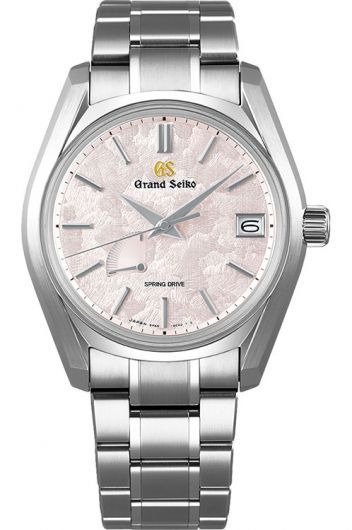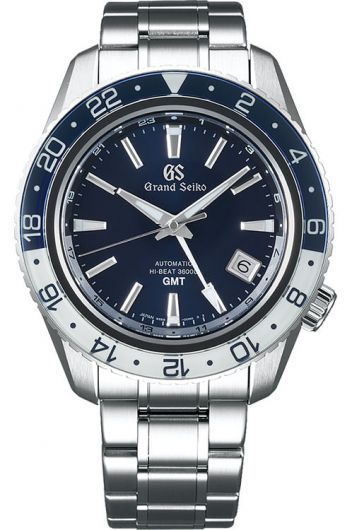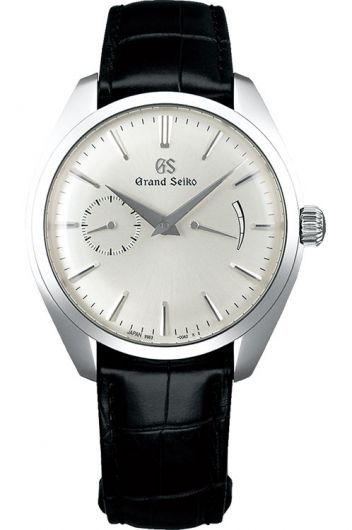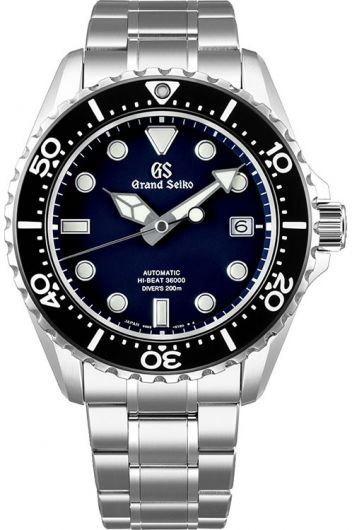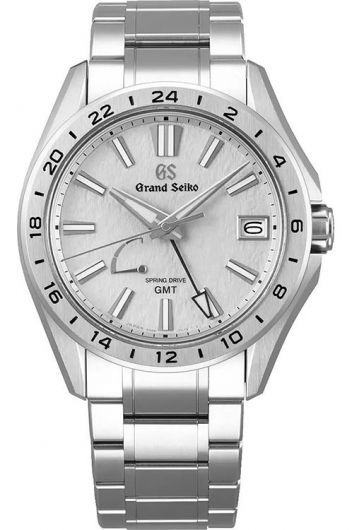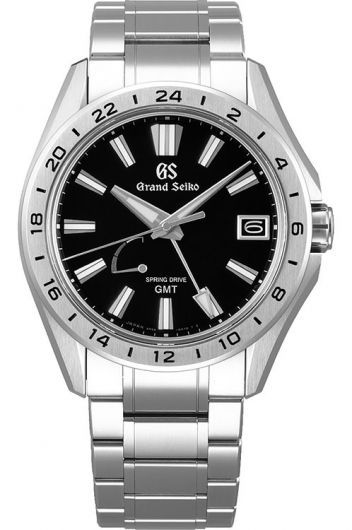Trending Articles from The Watch Guide

Let It Glow, Let It Glow, Let It Glow: The Glowing Case Of The BR X5 Green Lum By Bell & Ross

Lasered Kaleidoscope: Presenting The Oris ProPilot X Calibre 400 Laser

Set In Stone: Introducing The Jacob & Co Palatial Classic Collection’s Stone Dials
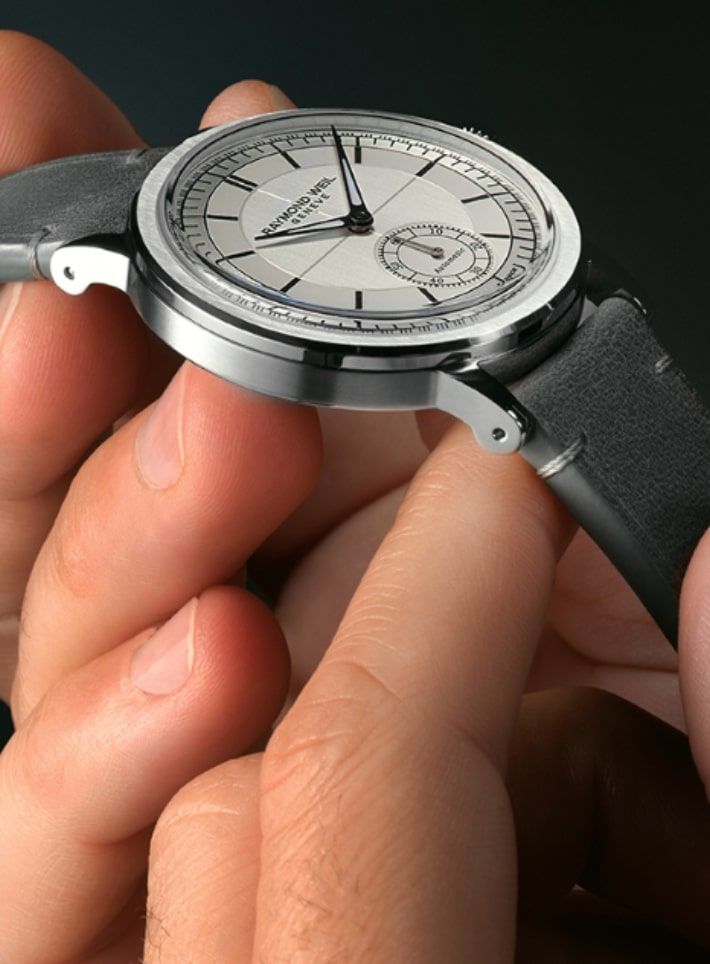
Retro, Winning Charm: Raymond Weil's Millesime—A Tribute To Understated Elegance
Grand Seiko - Always One Step Ahead of the Rest
Grand Seiko is a brand that has confused budding watch enthusiasts for decades now. While Seiko is famous worldwide for creating a vast range of watches, including affordable pieces that are widely popular, Grand Seiko is a brand with an almost cult-like following in the horological world. Now, what makes Grand Seiko watches different from Seiko? To answer that question, it’s important to understand the origins of Seiko, which can be traced back to the Meiji era in Japan (1868 to 1912). This was the most ambitious era for ‘the land of the rising sun, as the Empire of Japan opened its doors to the world and brought about the final demise of the Tokugawa shogunate (military government).
There were several changes that came about after this small country adopted ideas influenced by western science, technology, philosophy, and aesthetics. But the biggest change was the adoption of the Gregorian calendar, abandoning the traditional Japanese calendar and timekeeping system. This rendered all traditional clocks useless, leaving no option for Japan but to import western clocks and watches. It was in 1881 when Kintaro Hattori started K Hattori & Co in Tokyo, repairing and selling imported clocks and watches. In 1890, Hattori opened the Seikosha factory so he could make wall clocks. The business was extremely lucrative and went on for decades until disaster struck Japan. The Great Kanto earthquake destroyed most of Tokyo, killing lakhs of people and rendering even more homeless. The Seikosha factory was in rubble too, but within a month K Hattori & Co was up and running again, and the next year, Hattori launched the Seiko brand.
Seiko watches were originally produced by two different Seiko Corp divisions. One was Daini Seikosha Co Ltd (Kameido, Koto-ku, Tokyo) and the other was Suwa Seikosha Co (Suwa-shi, Nagano). These two different companies started producing watches under one brand name. The reason for this was to improve technology through severe competition and to hedge the risk. Exquisite watches were produced at both companies because of this family competition and the system proved efficient at reducing the risk. If one company experienced production problems, the other company could compensate by increasing production. Eventually, Daini Seikosha Co, Ltd changed its company name to Seiko Instruments Inc and Suwa Seikosha Co to Seiko Epson Corporation.
Grand Seiko Under Daini Seikosha
Before 1960, there was a general belief that Swiss watches were of the highest quality, and Japanese ones were plainly inferior. Grand Seiko, as a collection under Daini Seikosha (now Seiko Instruments), was invented to break this stigma. Born in 1960, the idea behind Grand Seiko watches was that it was supposed to be the epitome of horological beauty and precision—a gold standard for the entire watch industry to follow. And they succeeded. The first new calibre the brand created was 3180, which was accurate within a range of +12 to -3 seconds a day! Along with this incredible precision, it also offered a power reserve of 45 hours. This durable calibre was inserted into Grand Seiko’s first-ever timepiece, which had the honour of being the first watch in Japan to be compliant with the standard of excellence of the Bureaux Officiels de Contrôle de la Marche des Montres (a company that would test watches for chronometer certification). Though they did not submit the watch for a chronometer certification, as the Swiss agency said that only watches tested in Switzerland could be given a chronometer certification, internal testing deemed it at par with any Swiss chronometer in the market at the time. In response, the Japanese watchmaker devised its own rigorous certification—the Grand Seiko Standard, where watches needed to be accurate within a range of +5 to -3 seconds—which is followed to this day.
The next momentous year came in 1964 when the world was introduced to the Grand Seiko Self-Dater. This beautiful timepiece included a calendar function and was water-resistant to 50m—a utilitarian and practical horological offering.
The 1960s were truly a marvellous era for Grand Seiko, as the brand developed a slew of mechanical watches that were superlatively designed and precise to boot. The brand’s first self-winding timepiece was produced in 1967 and in 1968 came the first women’s watch with a high-precision movement.
In 1988, Grand Seiko launched its first quartz watch—the 95GS—with all its components made in-house. It was one of the many impactful watches that made sure that the horological world sat up and took notice of Grand Seiko as a formidable brand to be reckoned with. But that did not stop the brand from trying to craft the ‘ideal’ watch. And thus, it continued to push the envelope, ensuring that all its watches are as precise and durable as possible, with a longevity that is almost enviable. In 2010, Seiko decided to launch their Grand Seiko collection internationally. Currently, Grand Seiko offers a collection of watches crawled under the labels such as Masterpiece, Heritage, Elegance, and Sport.
The Heritage
In 2017, Seiko announced that Grand Seiko would stand alone as a different brand specifically curating to the luxury watch segment. This was evident from the dials and collections too. The cult-like following Grand Seiko enjoys is a result of consistent astounding craftsmanship and almost obsessive attention to detail. This has earned the brand adoration from seasoned watch collectors around the globe. The current collection also follows the same principles that the brand has embodied for several decades. The Heritage line is deeply rooted in the brand’s illustrious past, taking elements from the 60s and bringing them into the future. This collection is undoubtedly one of the most important ones for Grand Seiko and included one of the most popular models from the brand, the Grand Seiko Spring Drive SBGA011, better known to watch enthusiasts as the ‘Snowflake’.
Elegance & Sport
The Elegance and the Sport line cater to a wider audience who respect the art of traditional Japanese timekeeping, albeit with a modern touch.
This pursuit of perfection has brought Grand Seiko to the upper echelons of watchmaking. But along the way, Grand Seiko has also found a place in the hearts of horologists. As collectors like to say, “You wear a big-named watch brand on your wrist for others. You wear a Grand Seiko for yourself.” And this couldn’t be any truer.










